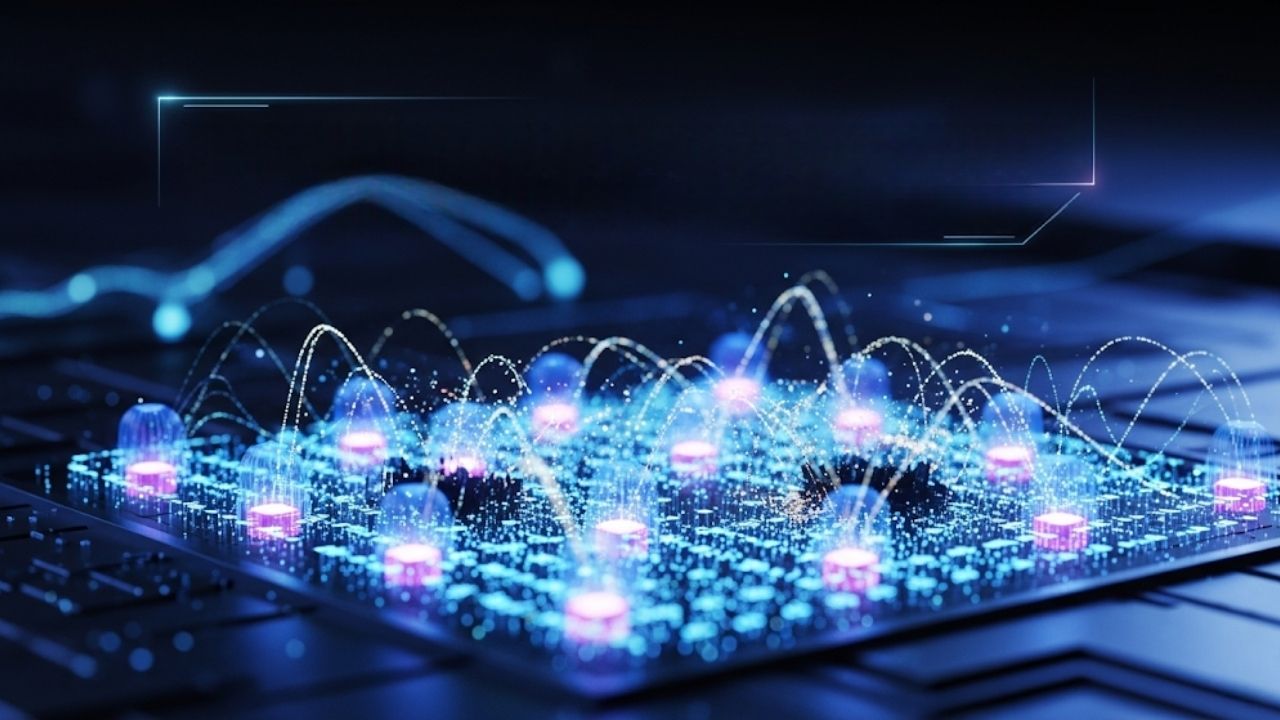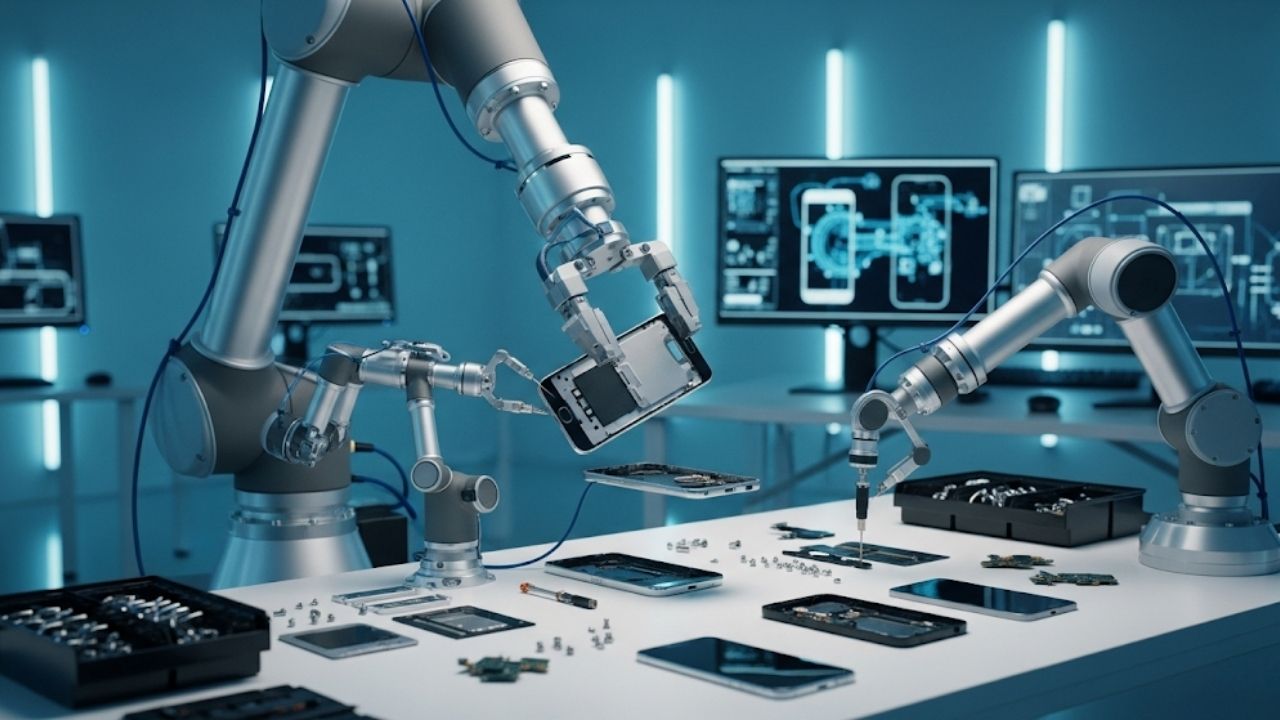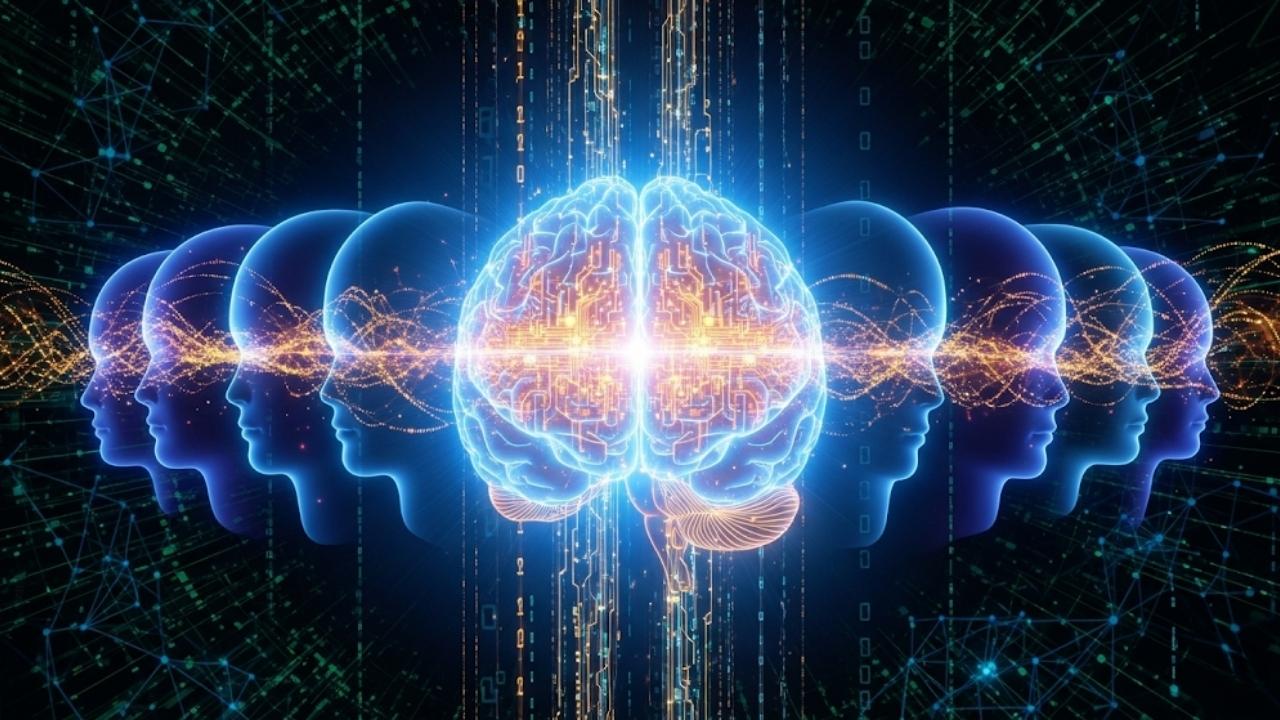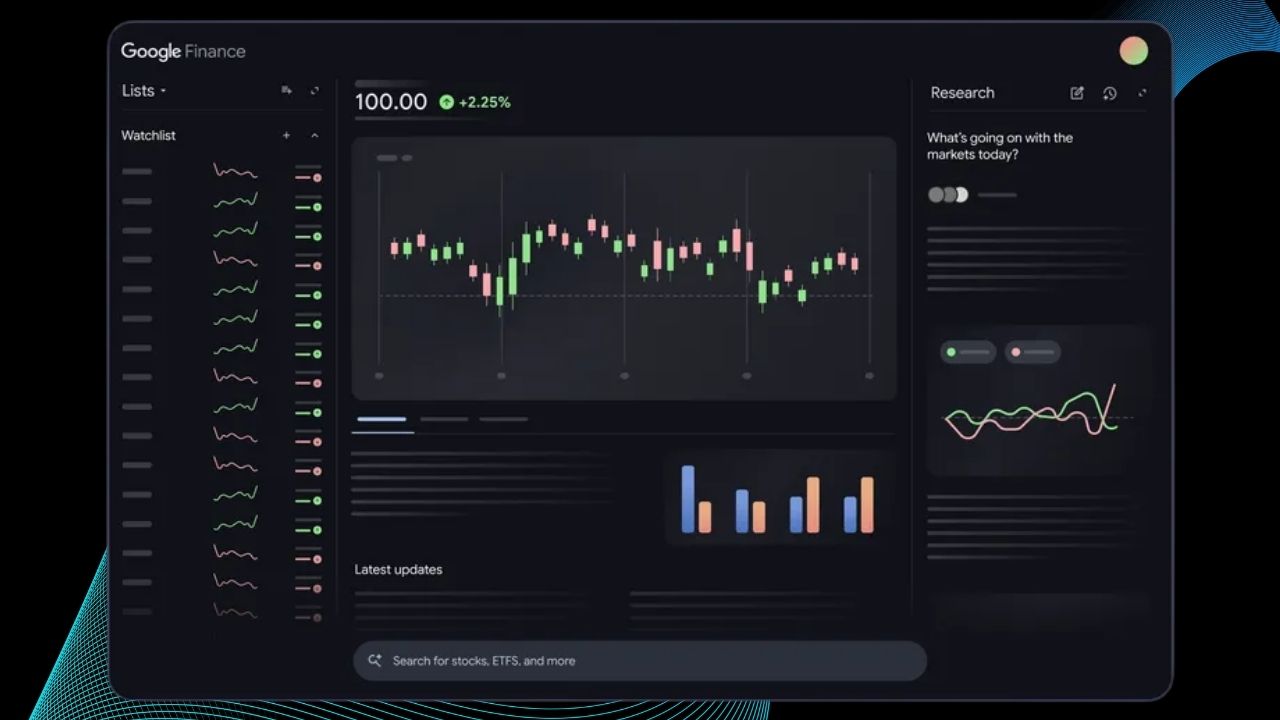MicroscopyGPT Uses AI to Describe Atomic Structures in 2D Materials with Unmatched Precision: Understanding the atomic structure of materials is one of the most exciting frontiers in science today. Imagine being able to see exactly where every atom sits in a material that’s just a few atoms thick—this is the world of two-dimensional (2D) materials. These ultra-thin materials have unique properties that can revolutionize electronics, energy storage, catalysis, and more. But studying their atomic arrangements has always been a complex and time-consuming task.
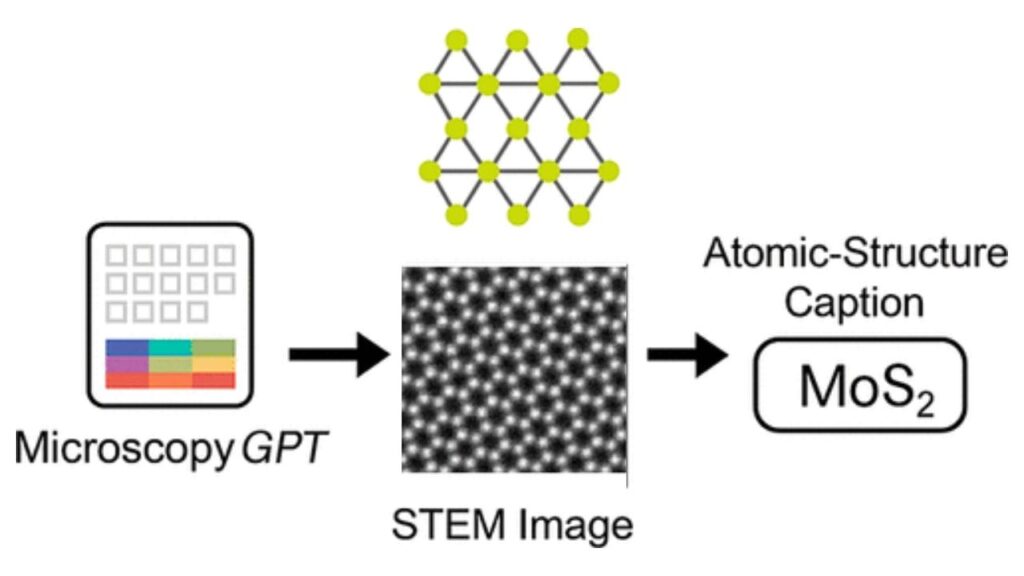
Enter MicroscopyGPT, a groundbreaking artificial intelligence (AI) tool that is transforming how scientists analyze atomic structures in 2D materials. By combining advanced AI with high-resolution microscopy images, MicroscopyGPT can describe atomic arrangements with unmatched accuracy and speed. This article will take you on a detailed journey through what MicroscopyGPT is, how it works, why it matters, and how it’s shaping the future of materials science.
MicroscopyGPT Uses AI to Describe Atomic Structures in 2D Materials with Unmatched Precision
| Feature/Fact | Details |
|---|---|
| What is MicroscopyGPT? | An AI-powered vision-language model that describes atomic structures in 2D materials from microscopy images. |
| Main Technology | Multimodal generative pre-trained transformers, fine-tuned on 5,000+ simulated STEM images. |
| Precision | Predicts full atomic configurations: lattice parameters, element types, atomic coordinates. |
| Applications | Materials discovery, nanotechnology, catalysis, and automated structure reconstruction. |
| Professional Impact | Accelerates research, reduces manual labor, and enables high-throughput analysis. |
| Official Resource | Journal of Physical Chemistry Letters – MicroscopyGPT |
MicroscopyGPT represents a revolutionary leap in the field of materials science. By harnessing the power of artificial intelligence, it transforms complex microscopy images into detailed, accurate descriptions of atomic structures in 2D materials. This breakthrough not only accelerates research and discovery but also makes cutting-edge atomic analysis accessible to a wider scientific community.
Whether you are a student exploring the wonders of nanotechnology or a seasoned researcher pushing the boundaries of materials innovation, MicroscopyGPT offers a powerful, reliable tool to unlock the secrets of the atomic world.
What is MicroscopyGPT?
MicroscopyGPT is a state-of-the-art vision-language model (VLM) designed to interpret complex images from scanning transmission electron microscopes (STEM) and generate detailed, human-readable descriptions of atomic structures in 2D materials.
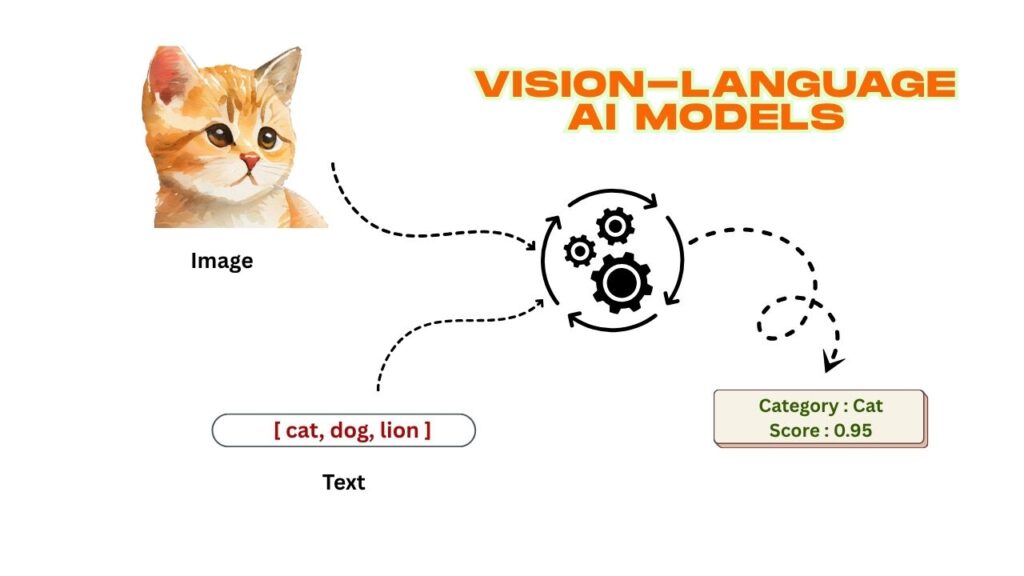
Unlike traditional AI models that focus solely on image recognition or text generation, MicroscopyGPT integrates both visual and language understanding. This means it can “look” at a high-resolution atomic image and “explain” what it sees in scientific terms, including the precise arrangement of atoms, their types, and the geometry of the crystal lattice.
Why Focus on 2D Materials?
2D materials, such as graphene, hexagonal boron nitride, and transition metal dichalcogenides, are only a few atoms thick but exhibit extraordinary electrical, mechanical, and chemical properties. These materials are at the forefront of research for next-generation electronics, sensors, and energy devices.
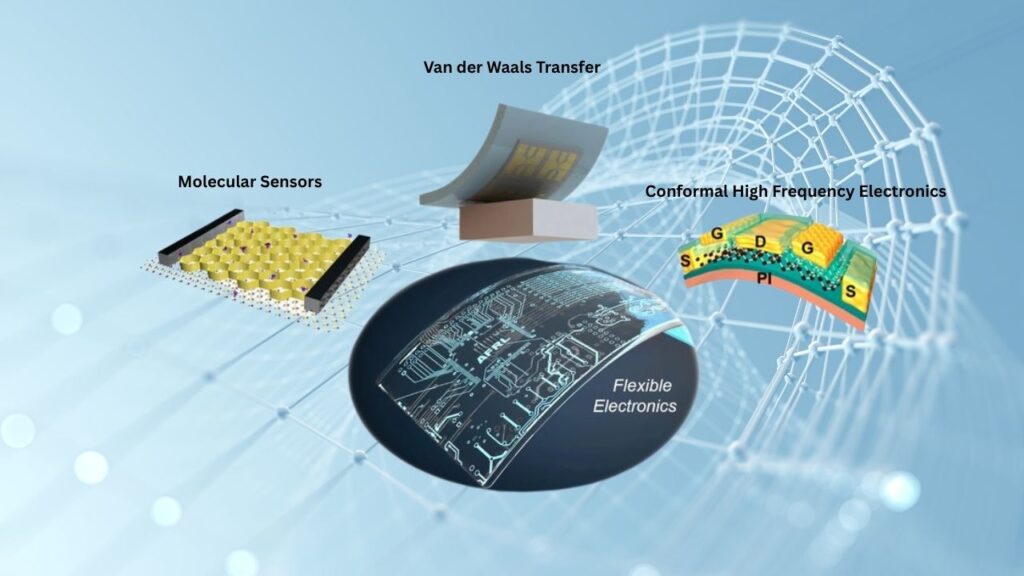
However, their atomic-scale thinness makes them challenging to study. STEM provides images at atomic resolution, but interpreting these images requires expert knowledge and can be very time-consuming. MicroscopyGPT automates this interpretation, making atomic structure analysis faster, more accurate, and accessible.
How Does MicroscopyGPT Work?
To understand the power of MicroscopyGPT, let’s break down its operation into simple, digestible steps.
1. Training on Simulated Atomic Images
MicroscopyGPT was trained on a vast dataset of over 5,000 simulated STEM images. These images represent a wide variety of 2D materials and atomic configurations, generated using advanced computational tools and databases that model atomic interactions and electron scattering.
This extensive training allows the AI to recognize subtle patterns and features that correspond to specific atomic arrangements.
2. Learning to Connect Images and Language
The core innovation of MicroscopyGPT lies in its multimodal generative pre-trained transformer architecture. This AI model simultaneously processes visual data (the STEM images) and textual data (descriptions of atomic structures) to learn how to translate images into precise scientific language.
This is similar to how humans learn to describe what they see, but at a scale and speed far beyond human capability.
3. Predicting Atomic Structures
When given a new STEM image, MicroscopyGPT analyzes the visual patterns and generates a detailed caption describing:
- The types of atoms present (e.g., carbon, boron, nitrogen).
- The positions of atoms in three-dimensional space.
- The lattice parameters (the repeating distances between atoms).
- Any defects or irregularities in the structure.
This output is not just a vague description—it’s a scientifically accurate atomic map that researchers can use directly in their work.
4. Efficiency and Accessibility
MicroscopyGPT’s architecture is based on a fine-tuned version of the LLaMA model, which has 11 billion parameters. Despite its size, the model is optimized to run efficiently on standard research computing setups, making it accessible to many labs and institutions.
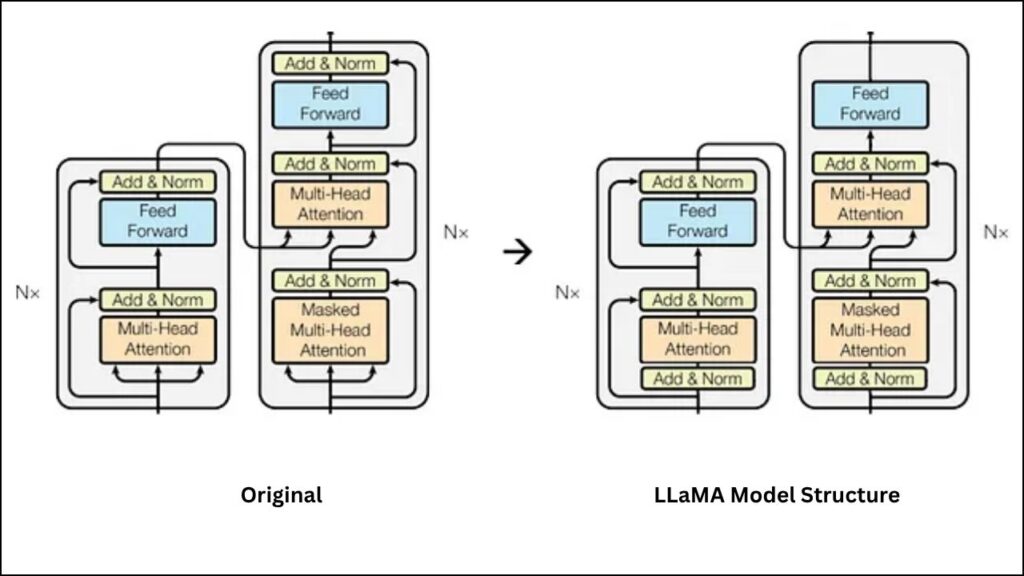
Why Is MicroscopyGPT a Game-Changer?
Speed and Precision
Traditional atomic structure analysis from microscopy images can take days or weeks of manual work by experts. MicroscopyGPT reduces this to seconds or minutes, without sacrificing accuracy. This speed enables researchers to analyze many more samples, accelerating the pace of discovery.
Unlocking New Materials
By automating atomic structure analysis, MicroscopyGPT opens the door to discovering new 2D materials with tailored properties. For example, scientists can rapidly screen candidate materials for use in:
- Flexible electronics that bend without breaking.
- High-efficiency solar cells that convert sunlight into electricity.
- Energy storage devices like batteries and supercapacitors.
- Catalysts that speed up chemical reactions for cleaner energy.
Democratizing Materials Science
MicroscopyGPT’s clear, human-readable descriptions make complex atomic data understandable to a broader audience, including students, interdisciplinary researchers, and industry professionals. This democratization fosters collaboration and innovation.
Practical Guide: How to Use MicroscopyGPT in Your Research
If you’re a researcher or student interested in leveraging MicroscopyGPT, here’s a step-by-step guide to get started:
Step 1: Prepare High-Quality STEM Images
- Use a scanning transmission electron microscope to capture images of your 2D material.
- Ensure images are clear, well-focused, and cover relevant areas of the sample.
- Save images in standard formats compatible with AI analysis tools.
Step 2: Access MicroscopyGPT
- Visit the official resource page for MicroscopyGPT (linked in the Key Highlights table).
- Download or access the software interface as provided by the developers.
- Some versions may require basic programming knowledge to run scripts; others offer user-friendly graphical interfaces.
Step 3: Upload and Analyze
- Upload your STEM images to the MicroscopyGPT platform.
- The AI will process the images and generate detailed textual descriptions of the atomic structures.
- Review the output carefully, noting atomic positions, element types, and lattice parameters.
Step 4: Use the Results
- Incorporate the atomic structure data into your materials simulations or theoretical models.
- Share findings with your research team or collaborators.
- Use the AI-generated insights to guide experimental design or material synthesis.
Step 5: Provide Feedback and Contribute
- If possible, contribute new images and data to help improve the AI model.
- Engage with the scientific community to share best practices and applications.
New Quantum State Discovery Set to Revolutionize Material Science Worldwide
AI Just Made 2D Materials Stronger—Here’s How It’s Changing the Future of Material Science
FAQs About MicroscopyGPT Uses AI to Describe Atomic Structures in 2D Materials with Unmatched Precision
What types of materials can MicroscopyGPT analyze?
MicroscopyGPT is primarily designed for two-dimensional materials, such as graphene, boron nitride, and transition metal dichalcogenides. However, with additional training, it can be adapted to other materials imaged by STEM.
How accurate is MicroscopyGPT compared to human experts?
Studies show that MicroscopyGPT’s predictions of atomic structures are comparable or superior to manual analysis by experts, especially in speed and consistency. Its accuracy stems from training on thousands of simulated images and advanced AI architectures.
Is MicroscopyGPT easy to use for beginners?
While some familiarity with microscopy and basic AI tools is helpful, the model’s output is designed to be clear and understandable, making it accessible to students and professionals new to the field.
Can MicroscopyGPT identify defects or irregularities in atomic structures?
Yes, the AI can detect and describe defects, vacancies, and irregularities in atomic arrangements, which are critical for understanding material properties.
How does MicroscopyGPT impact materials discovery?
By automating atomic structure analysis, MicroscopyGPT accelerates the screening and characterization of new materials, enabling faster innovation in electronics, energy, and nanotechnology.
